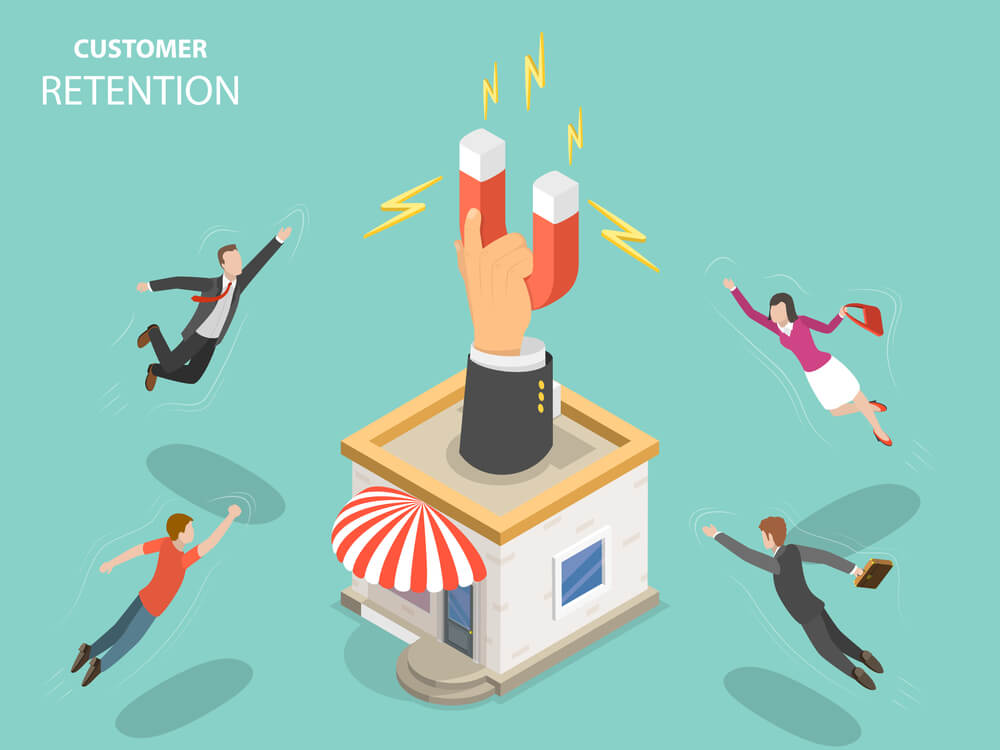As a company in the life sciences field, your brand experience to consumers matters greatly, and is often overlooked. It can be the main reason why your business gets chosen over others. Or why a one-time buyer becomes a loyal customer.
And this experience might come in countless forms and shapes. It’s not only how your products work, or how innovative your services are. Many times, it can be how your audience thinks and feels about your business. Or how your image and identity are perceived.
Everything that relates to your brand can either add or take away from its exposure. It can be anything from how it looks, to what reputation it has online.
The life sciences’ market is now more competitive than ever. To live up to their customer’s expectations, companies in this field need to step up their game. Those that wish to stand out from the crowd and win the market must focus on creating personalized experiences to enhance the customer journey.
What do we mean by a personalized experience?
We mean targeted communication, dedicated client service, and aligned marketing channels. All these show that as an enterprise, you want to know your audience better. Brands that invest in knowing and understanding their customers, win them over!
Put simply, companies with customized brand experience strategies achieve higher customer loyalty. They are also better in boosting trust and increasing revenues. No wonder personalized branding is considered the future of life sciences marketing!
Still not convinced why a personalized approach with your customers can benefit you?
Before going too deep, let’s first look at what brand experience is.
What is Brand Experience?
Brand experience summarizes all interactions individuals have with your business. These can be positive or negative, online or offline, and direct or indirect. They can also range from sensations and feelings, to complex interactions and touch points.
This means that if you want to create only positive interactions, you need to focus on your brand as a whole.
A few key elements of branding to take into account:
- Image
- Awareness
- Culture
- Reputation
- Legacy
- Design
- Customer Service
- Quality
- Pricing
- Authenticity
And if you’re wondering what makes a good experience for life sciences, as a business or marketer in this particular field, you have to go way beyond traditional marketing strategies.
You have to understand what your target audience wants and how it thinks. Being such a sensitive market, you should be aware of your customers’ fears regarding quality, reputation or customer service.
Most often, your main audience will be scientists and physicians. These buyers are well informed and overwhelmed by product choice. For a brand to raise their interest, it needs to be innovative and trustworthy. And most importantly, it needs to have a clean image.
When targeting these particular customers, as a brand you must “speak their language”. You also need to know how to navigate the industry’s complex regulations and guidelines.
That’s why working with Sciencia Consulting comes as a major plus. We are not your average digital marketing agency team. We are so much more than marketing experts or digital specialists.
Our background and experience with both the science and marketing worlds makes a difference. It allows us to offer you integrated life sciences marketing solutions that tap into the customer journey, increase interaction through compelling storytelling and branding, and ultimately position you for success.

What is a Personalized Brand Experience Strategy?
Do you want to create a personalized experience for your customers? Your online content should be among the first things to consider.
No matter if it’s your website or your brochures. It can even be your social media platforms. One thing is for sure, all your online content matters in today’s digital age.
Most often, your online content will be the first (and sometimes only) contact customers will have with your brand. That’s why having a solid content marketing strategy for life science customers is essential.
Does creating a cohesive and personalized customer journey seem hard to create?
It shouldn’t be! With so many digital tools available, like interactive webinars or interactive ebooks, understanding your clients is easier than ever.
We have apps which enable you to collect and aggregate any data about potential customers – gender, age, location, online behavior and engagement with your brand. All this data can be used to enhance your brand experience and segment your market.
For your strategy to be productive, all your efforts should align. Most importantly, what you’re selling, with who you’re addressing, and with why your brand should be chosen.
With segmentation, you can create a subset of your interest market based on all the metrics analyzed. You can then send your customers personalized follow-ups, event invitations or new product launching info.
What is the Difference Between Brand and Customer Experience?
In the marketing world, “experience” is a wide term, with many connotations. But when it comes to differences between brand experience and customer experience, the delimitations are clear.
Although both focus on the customer, the first term includes all the efforts designated to attract your customers, while the second refers to how customers interact with your brand.
In order to master your customers’ expectations, you must be able to answer questions like:
- Where do your customers (scientists) get information about new products from?
- What are their preferences?
- How do they place orders?
- What do they expect from a customer service representative?
With Sciencia Consulting, you will not have to worry about answering any of these questions or understanding your client expectations. We will do all the work for you!
Our life science marketing strategy includes two phases. The first one is building a strong foundation for your brand’s experience. The next step is to map the exact journey your customers wish to experience.
Still on the fence and not sure how to proceed? Contact us to find out more.




